
Polyphase wireless power transfer system achieves 270-kilowatt charge, s...

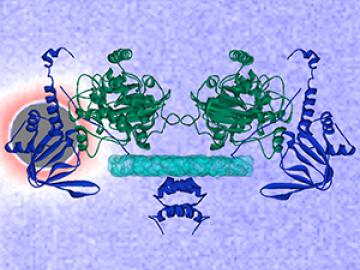
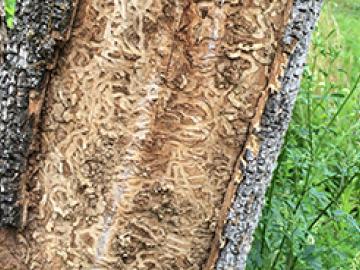
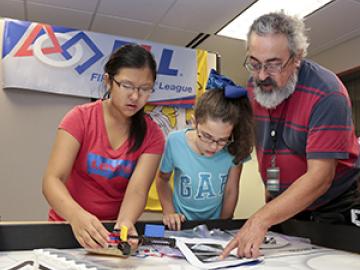
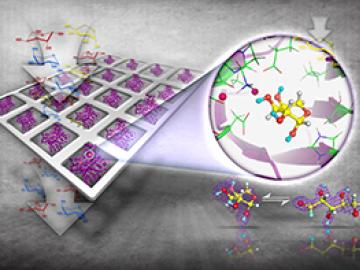
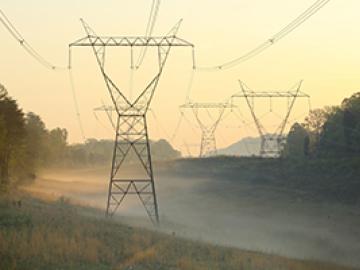


Researchers at the Department of Energy’s Oak Ridge National Laboratory are the first team to sequence the entire genome of the Clostridium autoethanogenum bacterium, which is used to sustainably produce fuel and chemicals from a range of raw materials, including gases derived from biomass and industrial wastes.



